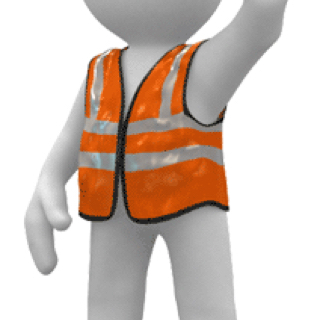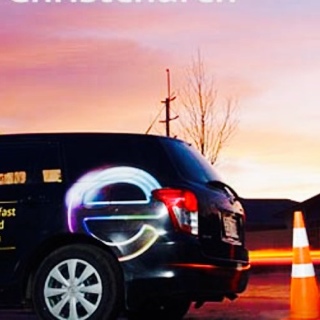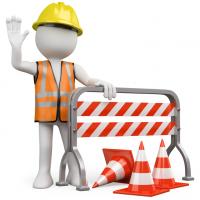Title Page
-
Site Safety Observations Checklist - UFB Build
-
ESQF012
-
Note: To be viewed in conjunction with ESQG001 (Guide - Site Safety Observation Site Scenarios UFB Build)
Intro: S I T E S A F E T Y O B S E R V A T I O N
-
Observers Name
-
Select date
-
GPS Capture - your location. (enable GPS on your device)
-
Contractor Observed
-
Cabinet Number
-
Others (specify)
1) O B S E R V E D O N E N T E R I N G S I T E.
-
You Noted staff putting on or not wearing appropriate PPE
-
You were challenged to sign on to site
-
Pot Holes
-
Environment
-
Foot Traffic Management is in place
-
Machinery Barricades - are in place
-
Others ( specify)
2) S I T E F O R M S
-
Job START completed correctly, site hazards explained satisfactorily
-
Site Emergency Procedure Staff understanding - ( prompt staff, what if ...... What would you do......)
-
Job Safety Analysis (state)
-
Emergency Assembly Point - you have been told where it is
-
Consent to excavate near poles - complying with Electrical Amendment Reg 2011, Reg 7.
-
Drill Calibration Record Sheet
-
Daily Check Sheet - Excavator
-
Daily Check sheet - Directional Drill
-
Strike Alarm Test - Signed off
-
Others (specify)
3) S I T E P R O C E D U R E S
-
Emergency Procedure - Gas Strike
-
Emergency Procedure - Electrical Strike
-
Electrical Strike Alarm Test Instructions
-
Others ( specify)
4) E N V I R O N M E N T / O T H E R
-
Arborist sign-off
-
Excavations complying with the. "rule of thumb" when working with tree roots
-
Machinery oil / fuel spills are cleaned up
-
Bunding to protect waterways - is in place
-
Matting to protect waterways (from spoil)
-
Environment spill ( Bore Gel ) clean up
-
Surface cutting best practices followed
-
POT HOLING - 10m rule followed when <1m from Critical Services (ie. 11kv or above, Gas, Fibre Network (>Medium capacity Fibre Network)
-
Others (specify)
5) Q U A L I T Y
-
Best practices Network lay path
-
Reinstatement - Seal - Tack Coat 100% cover
-
Others ( specify)
6) G E N E R A L S I T E S E T U P
-
Safety around drill machine
-
Safety around unloading
-
Safety signage in place around fenced off areas
-
Safety fencing around exposed trenches
-
Safety fencing complies with COPTTM
-
Good footpath management practices in place
-
Protecting foot traffic (not creating additional hazards)
-
Open trench is fenced off or protective plating is in place
-
Working in confined space - correct safe practices followed
-
Utility mark out-using correct colour identification
-
When pressurised water excavating - correct practices are followed ( PPE and fencing (where applicable))
-
Ground Penetration Radar (GPR) practices meet expectations
-
Correct PPE used ( available) when mixing bore Gel
-
Vehicle towing capacity not exceeded
-
Excavator - Correct bucket securing practices followed ( look for the correct retainer pin and clip)
-
Others (specify)
7) H & S C U L T U R E
8) C O M P L I A N C E O B S E R V E D
-
What positive feedback was provided to encourage safe performance?
9) NON - C O M P L I A N C E O B S E R V E D
-
What action was taken to modify behaviour?
10) R E P O R T C L O S E - O U T
-
Discussed this observation findings with. (Sign here)
-
Agreed on findings and follow up action (where identified) Observer sign here...
-
Observe ( Site Field Manager or Site Manager ) - sign here
-
Select date








